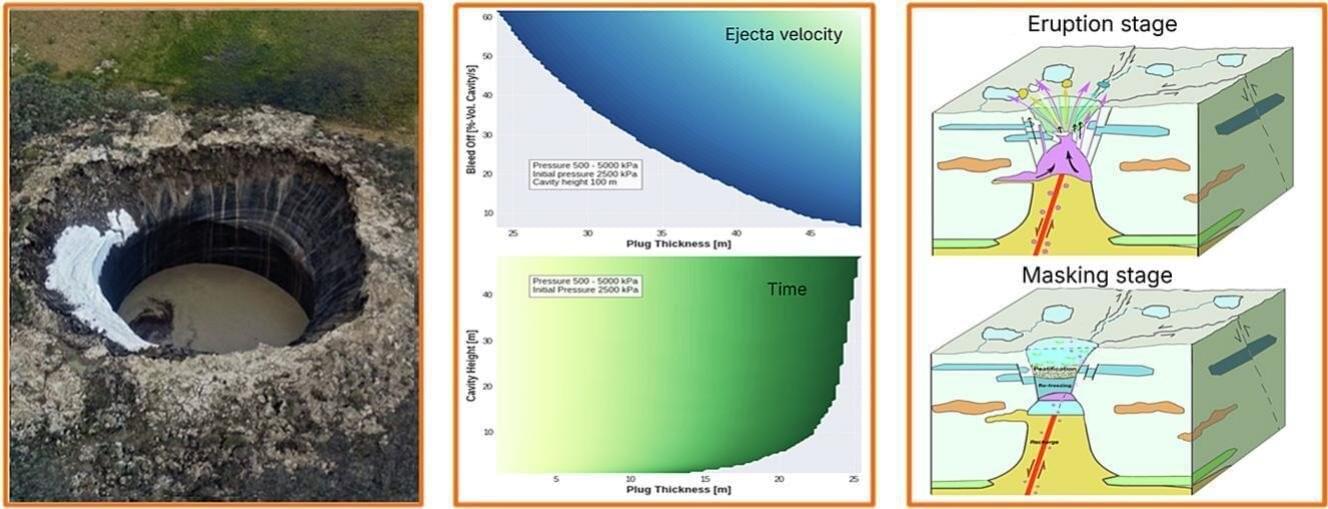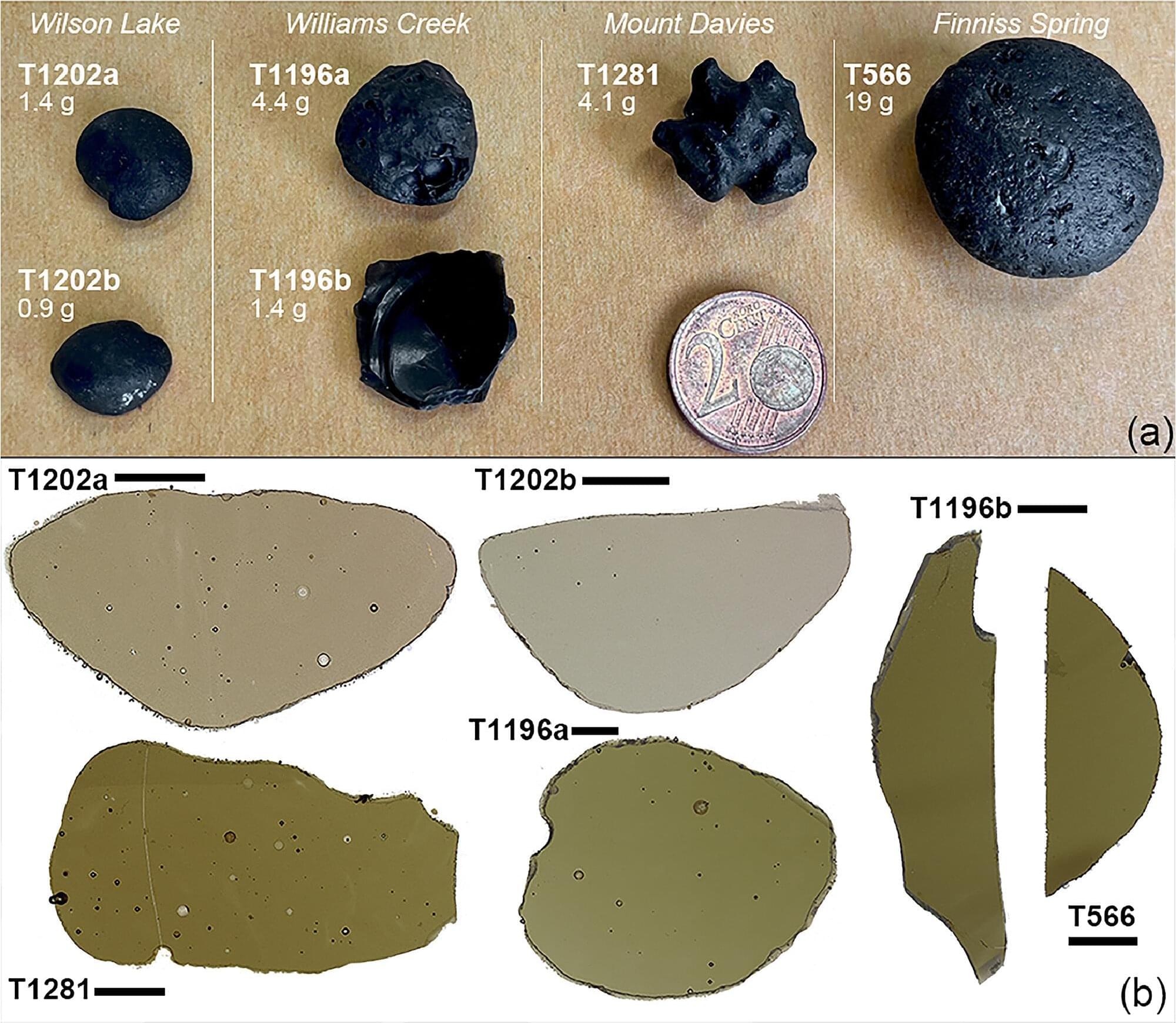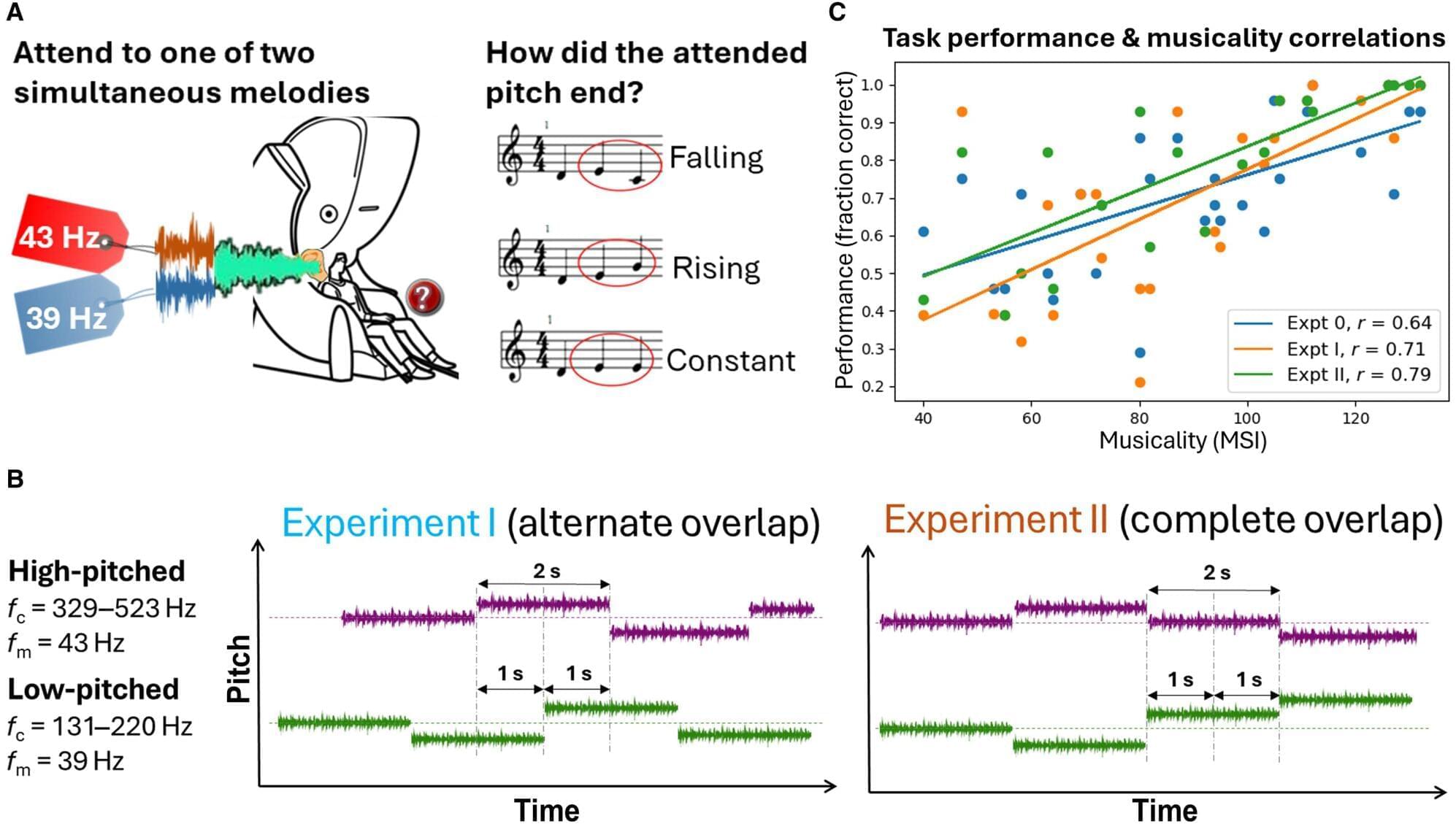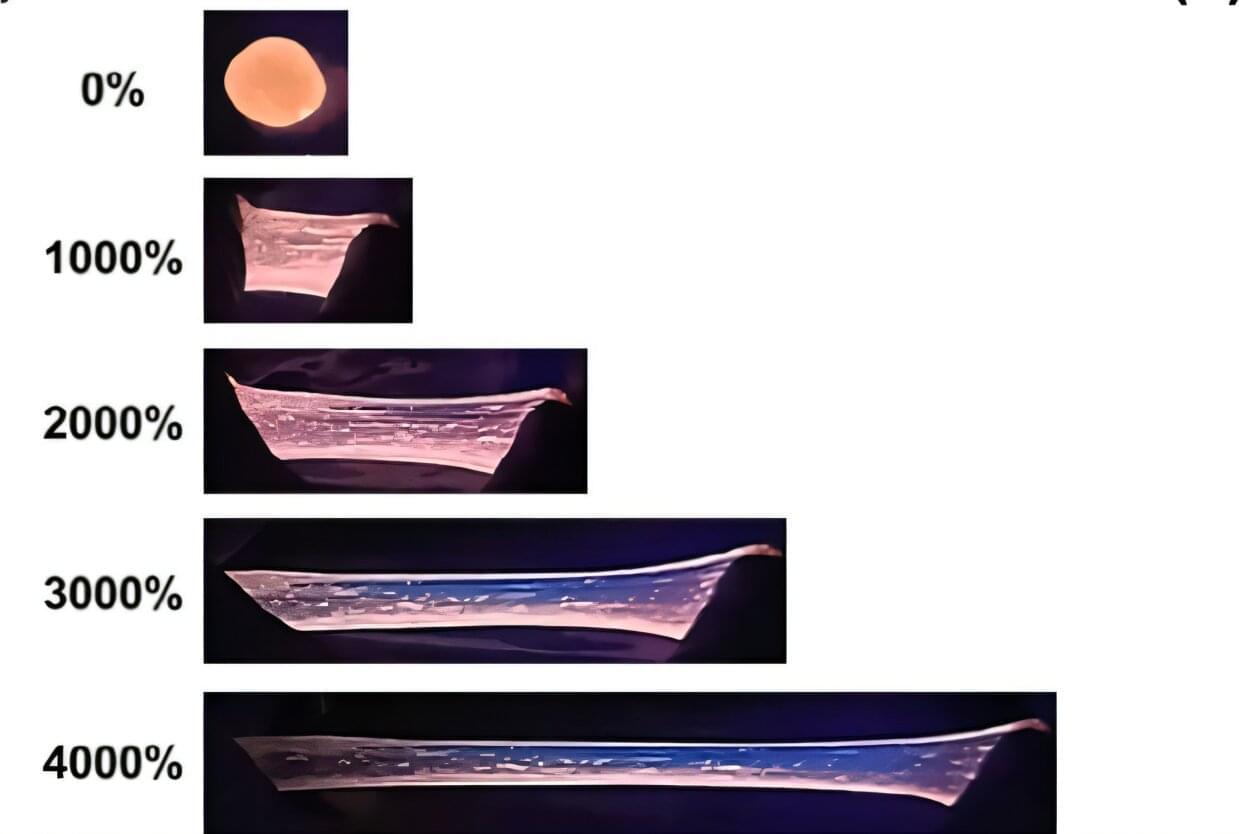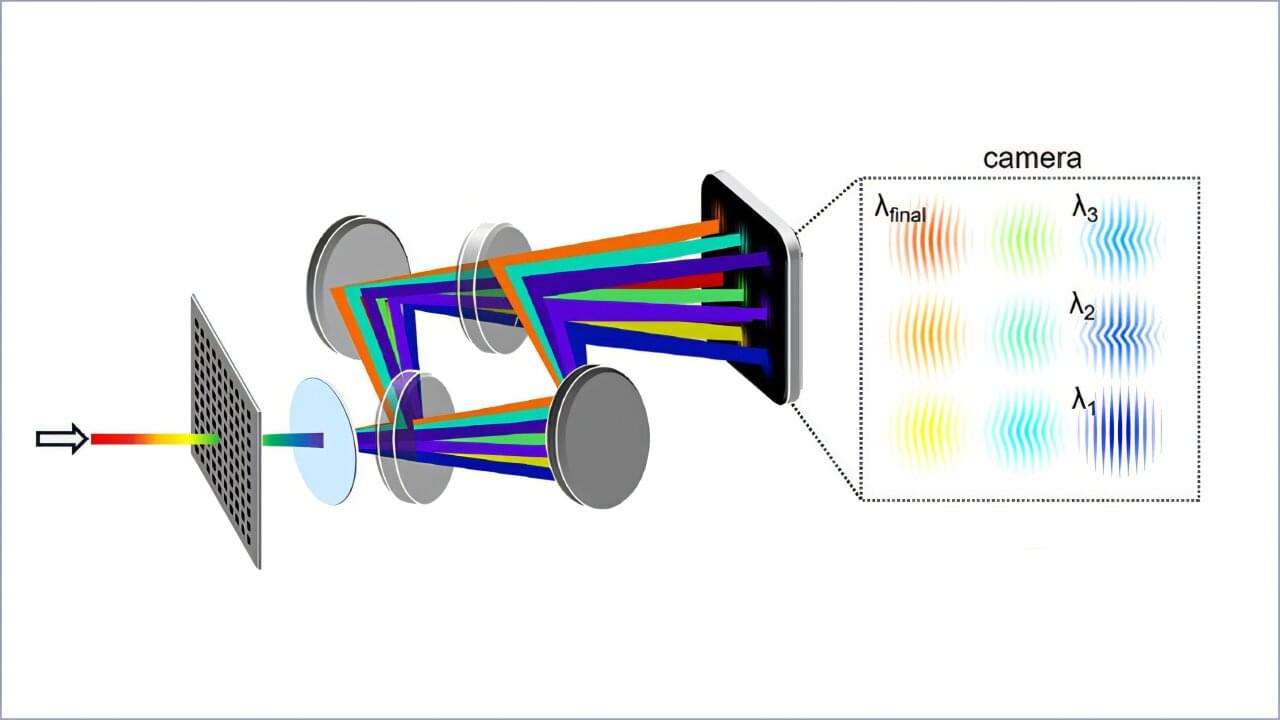Black phosphorus nanoribbons (BPNRs), thin and narrow ribbon-like strips of black phosphorus, are known to exhibit highly advantageous electronic properties, including a tunable bandgap. This essentially means that the energy difference between the region where electrons are bound together (i.e., valence band) and that where electrons move freely (i.e., conduction band) can be easily controlled by adjusting the width of the nanoribbons.
A tunable bandgap is essential for the development of transistors, the components that control the flow of electrical current through electronic devices.
While several past studies have highlighted the promise of BPNRs for the development of electronics, strategies that could enable their reliable fabrication on a large scale are still lacking.

